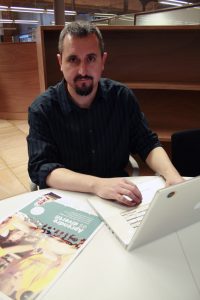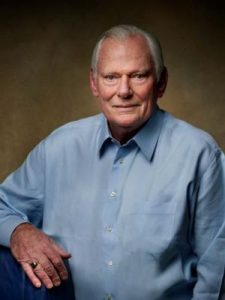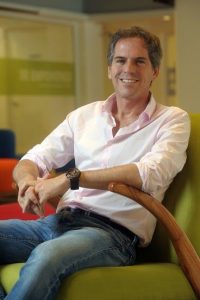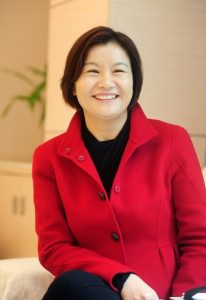Melanie Perkins : One of The Youngest Female CEOs of Tech World
“Persistence is what makes an idea to happen,“ the answer given by the CEO and co-founder of Canva when asked about the secret of her success at such a young age. A teenager, who was disturbed with the complexity of the designing software including Photoshop and InDesign, had never thought that she would find a $1b opportunity in this complexity. One of the youngest female CEOs, and that too of two multi-million companies, Melanie Perkins’s hard work and struggle taught her a lot about leadership and running a business.
The Career Timeline & Founding Canva Inc.
Perkins was born and brought up in Perth, Australia and was a student of commerce and communications at the University of Western Australia. At the age of 19, she started teaching graphic designing to University students. With the time, she realised, that it was way too difficult to teach those students how to use those heavy software rather the designing itself. She was frustrated with the fact that it takes almost 22 clicks to export a high-quality PDF.

Those difficulties, that her students were facing, made her think of developing an easy to use platform for them. She decided to convert her idea into a functional website at a small level to test its potential at a smaller scale. She raised a sum of money, that she borrowed from her relatives, to pay the software designers to build the platform.
In 2007, she along with boyfriend Cliff Obrecht, founded Fusion Books, an online platform on which various schools could design their yearbooks. Only in a few years, Fusion Books became the largest Year Book publisher of Australia. Perkins even had to drop out from the University to completely focus on the website. The website soon became widespread in France and New Zealand, too.
Perkins knew that the scope of designing is unlimited, and it would be better for her if she focuses on using the same idea on a larger scale. In 2010, she decided to raise funding for her next big idea Canva and flew to California to pitch the idea in front of the major investors of Silicon Valley.
The very first investor whom she met was the San Francisco based investor and founder of MaiTai, Bill Tai. Although she wasn’t successful in getting funding from him, her idea was convincing enough to make Mr Tai help her meet other investors. But, it took three years for her to receive the first round of funding of $3 million for Canva and finally, in 2013, she launched it with the help of Cameron Adams, third co-founder of Canva and a hardcore Googler, who now serves as the Chief Product Officer of Canva. Cameron Adams is also among the first investors of Canva along with Lars Rasmussen and Matrix Partners.
The three years of her struggle taught her how to sell, how to recruit, and how to build a business. And her hard work turned out to be most fruitful for her. Just after one year of the launch of Canva, it had 750,000 users, and in April 2014, the company welcomed Social-media and technology expert Guy Kawasaki as its chief evangelist.
In 2015, Canva was launched for the businesses as Canva Work, a professional tool for designing. In 2017, the company reported its revenue to be four times, i.e. $AU 23.5m. Currently, over 200 people are working for Canva, and it has 10 million users across 179 countries. It has its headquarters in Sydney and Manila, and an office in San Francisco. In 2018, the company was valued at $1 billion, and Perkins became one of tech’s youngest female CEOs.
Currently, Perkins serves as the Chief Executive Officer and Director of Canva, Inc.

Yashica is a Software Engineer turned Content Writer, who loves to write on social causes and expertise in writing technical stuff. She loves to watch movies and explore new places. She believes that you need to live once before you die. So experimenting with her life and career choices, she is trying to live her life to the fullest.




